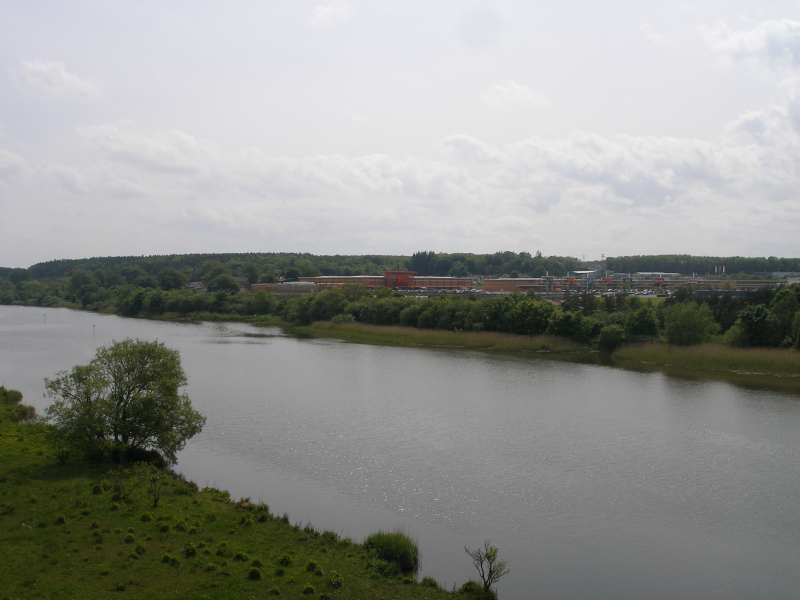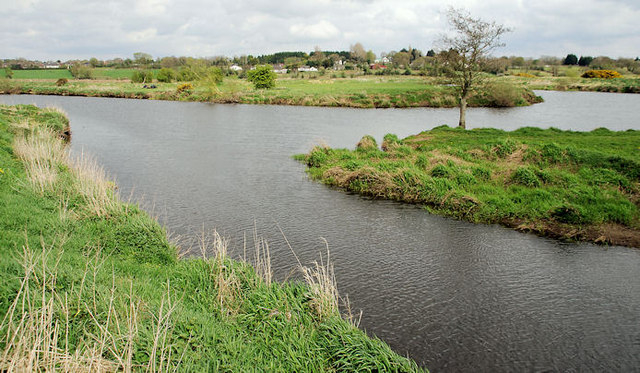River Bann

The River Bann (from Irish: An Bhanna, meaning "the goddess"; Ulster-Scots: Bann Wattèr) is one of Northern Ireland's longest rivers, measuring 129 kilometers when the Upper and Lower Banns are combined (80 mi). The River Bann's overall length, including its journey through the 30 km (19 mi) large Lough Neagh, is 159 km (99 mi).
Another estimate of the River Bann's length is 90 miles. The river flows from Northern Ireland's southeast corner to the northwest coast, halting in the middle to widen into the massive Lough Neagh. The catchment area of the River Bann is 5,775 km2. The average discharge rate of the River Bann is 92 m3/s.
The River Bann's most important economic aspects are today's salmon and eel fisheries. The river is frequently utilized as a dividing line between Northern Ireland's eastern and western regions, known as the "Bann split." West of the Bann, towns, municipalities, and enterprises are frequently perceived as having less investment and government spending than those to the east.
It is also perceived as a religious, economic, and political split, with Catholics and Irish nationalists in the west and Ulster Protestants and unionists in the east; and with Greater Belfast as the financial and industrial hub to the east, and the Bann Valley as more agricultural and rural.
Length: 129 km











